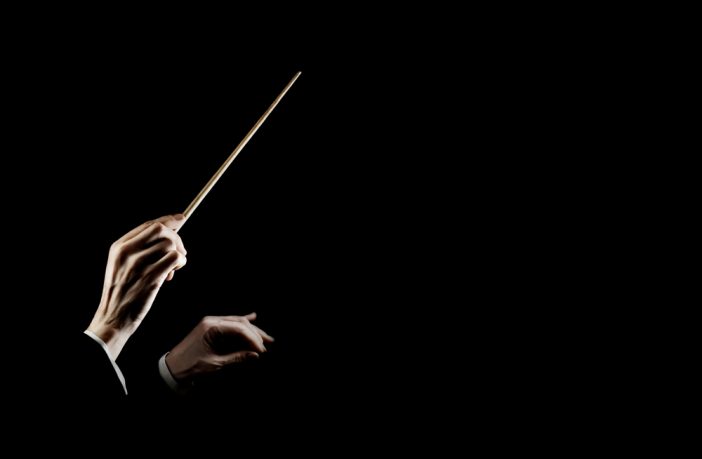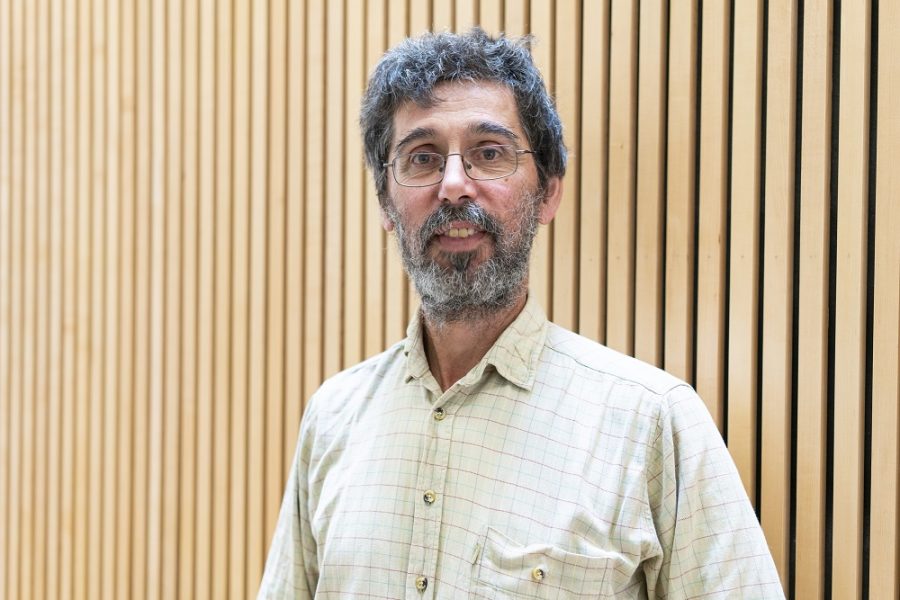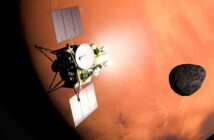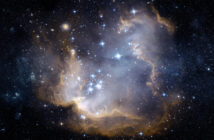What would The Planets, the famous suite by English composer, Gustav Holst, sound like if it were created in the modern day? Celebrating 100 years since its first performance, The Open University’s Professor David Rothery has joined a group of UK-based scientists and composers who are combining music and science to develop an alternative musical interpretation of the suite.
Gustav Holst’s interest in astrology inspired him to compose The Planets – an orchestral suite of seven movements, which provides a soundtrack to seven of the planets in our Solar System. It was first performed 100 years ago on Saturday 29 September 1918. But what would it sound like if created today?
A collaboration of composers and space scientists
The Planets 2018 is taking inspiration from the latest explorations of Earth, Jupiter, Mars, Mercury, Neptune, Saturn, Uranus, and Venus. Eight contemporary classical, electronica, and jazz composers* are collaborating closely with astronomers and planetary scientists to compose the new suite, created especially for planetariums. The initiative is funded by the Arts Council England, National Lottery, and RVW Trust, and is being performed by the Ligeti Quartet.
“Mercury is a fascinating planet”
Professor of Planetary Geosciences at The Open University, David Rothery, is part of the team for the European Space Agency’s (ESA) BepiColombo mission to Mercury, due to launch in October 2018. David grew up listening to Holst and “leapt at the chance” to collaborate with Mira Calix, the composer for the Mercury movement in The Planets 2018. He said:
Professor of Planetary Geosciences, David Rothery
“Holst took his inspiration from astrology, so when I heard about this project to mark the centenary with a new version inspired by modern scientific understanding of each planet, I leapt at the chance to be the project’s Mercury expert.”
“Mira and I had long discussions about the many attributes of Mercury that make it such a fascinating planet – a day that lasts twice as long as its year, ice in polar craters, a volcanic landscape – and then she put all the effort into working out which of these she would be able to convey in her music. I heard Mira’s Mercury piece for the first time recently at a preliminary rehearsal and really enjoyed how the initially independent instruments converge on a triumphal theme at the end.”
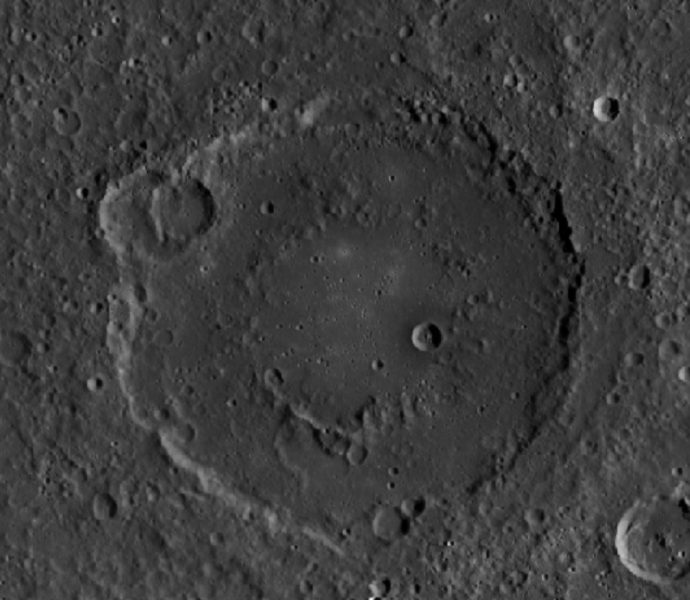
The Holst impact crater on the Planet Mercury (CREDIT: NASA-JHUAPL-CIW)
Representing a world without borders
Whereas Greek mythology represented Mercury as “the keeper of boundaries”, composer, Mira Calix, wants the new score to be a journey that embraces a world without borders. She said:
“My musical interpretation of the planet Mercury is based on image data from a simulated flight over the surface that I converted to sound. This opportunity to pass over the craters of Mercury was kindly facilitated by Professor David Rothery.
“I gave the information I collected musical parameters, including the eight tone scale at the core of Holst’s original score. I wanted my new score to be a journey that embraces freedom of movement, without borders.”
Watch an extract of the new Mercury movement performed by the Ligeti Quartet at a workshop rehearsal:
Eight planets?
The new planets suite includes the Earth, which Holst left out. However, Pluto, which had yet to be discovered in Holst’s day, has not been added. Professor Rothery, who also advised composer Sam Bordoli on Uranus, added: “Although Pluto is a member of a fascinating class of bodies it is no longer officially regarded as a planet. If someone would like to commission a ‘Kuiper Belt suite’, then Pluto and its moons should have pride of place within it.”
Find out more
A journey to Mercury: TEDxLondon talk by Professor David Rothery
Mysterious red spots on Mercury get names – but what are they?
*The composers are: Ayanna Witter-Johnson, Deborah Pritchard, Laurence Crane, Mira Calix, Richard Bullen, Shiva Feshareki, Samuel Bordoli, and Yazz Ahmed.
